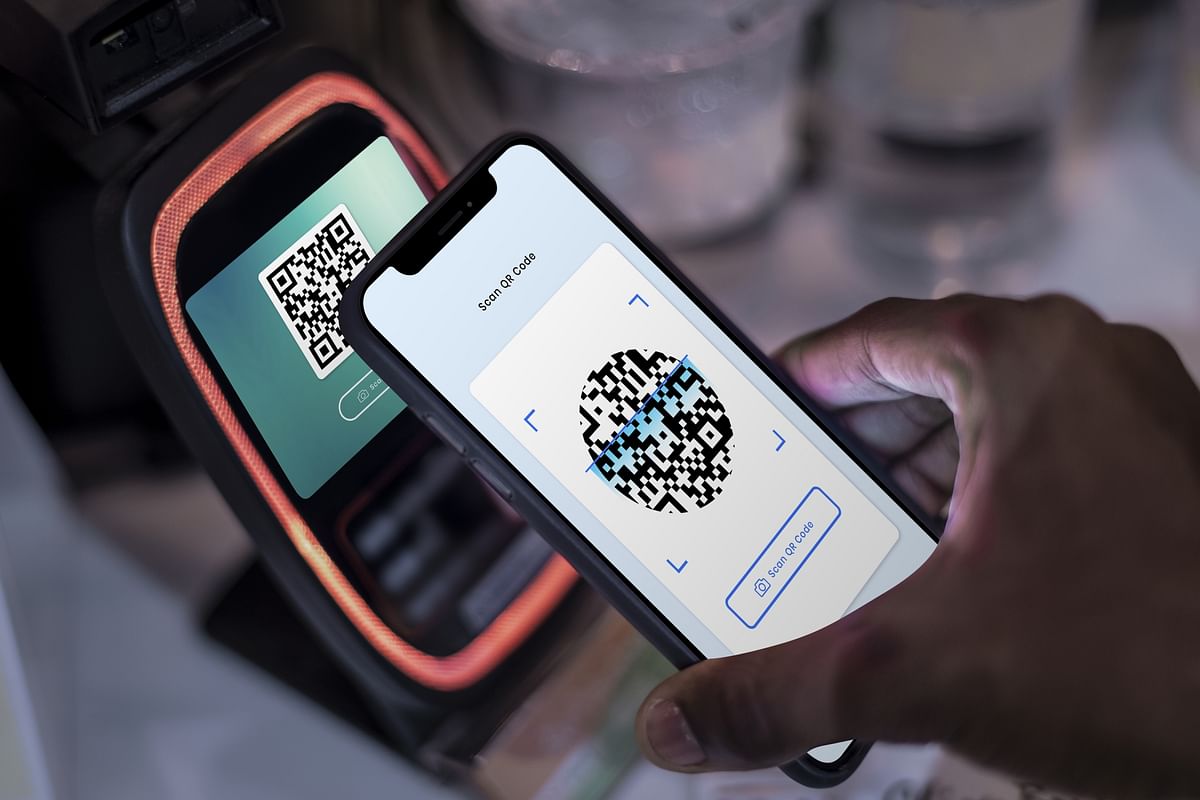[ad_1]
Taking stock of the Reserve Bank of India’s role in the aftermath of independence in 1948, its first Indian governor, CD Deshmukh, remarked that “gold and silver run like twin threads through India’s economic destiny.”
With the pilot of the “e-rupee” this month, the RBI is now testing the possibility that a central bank digital currency can better the economic destiny of India’s unbanked population; at 230 million individuals, the largest in the world.
For central banks across emerging economies, this potential for financial inclusion forms one of the top three motivations for introducing a retail CBDC (along with more efficient domestic payments and the provision of digital legal tender). Given India’s unique financial inclusion context, this particular dimension requires careful examination.
A closer analysis indicates that the e-rupee’s ability to enable greater user choice and stimulate innovation is likely to be its most lasting virtue. Realising more substantive benefits, however, will depend on the central bank’s ability to improve the value proposition for digital financial services in general—a long-running saga in which the e-rupee is but the latest entrant.
In its concept note on CBDCs, the RBI indicated that the e-rupee’s potential to accelerate financial inclusion @Sstems from two features: enabling greater (including offline) access to digital payments and allowing citizens without a digital footprint to develop a data trail that enables access to credit or other services.
The e-rupee can indeed prove a worthy backup in case of UPI payment failures (which can go up to 8% for some banks). But the recent innovation of UPI Lite, which supports faster, low-value transactions in real-time without burdening bank systems, means the offline value proposition is not a differentiator.
Moreover, as seen in the network failure of the Eastern Caribbean DCash platform, an e-rupee is unlikely to be immune to system failures itself, which may increase reputational costs and distrust. What is more, a spate of complementary policy measures has driven down other barriers to using digital payments for feature phone users. The RBI launched UPI123Pay to enable UPI payments for feature phones in March, and telecom regulator TRAI slashed the charges for USSD-based offline payments to zero last April.
Further, the ability to simply access digital payments is one of several requirements for active adoption and use. As the latest World Bank Findex survey shows, the biggest sole barriers to active account usage in India were a lack of money, distance to financial institutions, and a lack of trust. And disparities in both adoption and use across population segments – particularly affecting women, rural residents, low-income, and young users – demand targeted policy fixes.
Addressing these concerns head-on can improve the e-rupee’s impact on driving inclusion: programming social transfers to be deposited into women’s accounts can strengthen women’s control over household decision-making, while emergency transfers to vulnerable groups during climate or other shocks when the banking system is inaccessible can foster financial resilience.
Digital payments are incomplete solutions without accompanying efforts to drive consumer awareness and trust, last-mile distribution networks, and policies that bolster household financial resilience.
Can the e-rupee help the unbanked or underserved build a digital footprint?
While this second feature might show potential, policymakers and digital financial services providers have yet to exhaust existing sources of personal financial data. Not only are these vast and wide-ranging, including data drawn from government agencies, social media and telecom firms, and financial services providers, fintech companies and regulators are still negotiating the best models for managing and sharing such data.
[ad_2]
Image and article originally from www.bqprime.com. Read the original article here.

